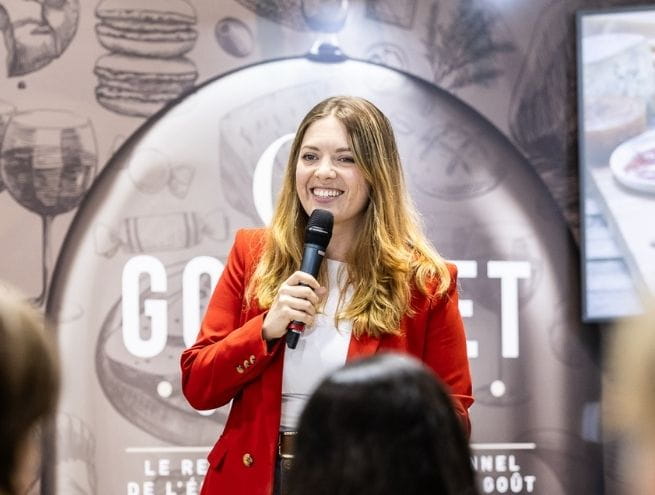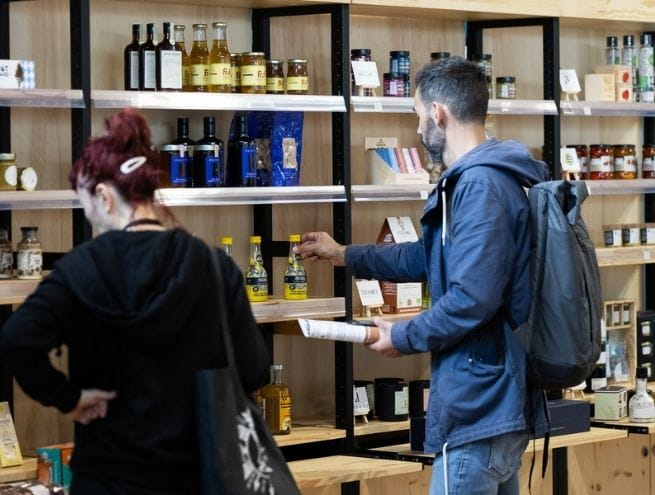
Introduction : The evolution of the fine food market
The fine food market has experienced major changes in recent years, heavily impacted by inflation. In 2023, sales volumes dropped by 6.6% on the previous year, and even though prices increased significantly (71% of fine food stores raised their prices, compared to 58% for the whole sector), this was not enough to compensate the decrease in demand, also resulting in a 1% drop in value.
Consumers had to adapt their behaviour: they now prefer products on special offer, cheaper brands and private labels, as well as supermarkets.
The dynamism of fine food stores, slowed down in 2023


Outlooks for the future
The societal trends and challenges for fine food stores
Facing market changes and new societal trends, fine food stores face three major challenges to adapt consumer expectations.
1. Adapting to new competition
Health is becoming a priority for French consumers. In 2023, 68% of them said they were making personal efforts to maintain good health, which has a direct influence on their eating habits: 6 out of 10 French people consult the Nutri-Score on food products, and more and more are becoming flexitarians. They are also keen to buy products from short distribution channels, and are willing to pay more for a product of French origin. This change in expectations is encouraging the rise of new competitors that meet these needs, such as short-circuits distribution platforms, multi-fruit chains, small food shops and market halls. To meet this challenge, some fine food stores have taken the opportunity to become even more specialized, in order to stand out from the competition while responding to these new trends.
2. Building loyalty among the new generation of consumers
Millennials and Gen Z are showing a growing interest in fine food. In fact, 64% of these stores observed the emergence of a younger clientele during the 2020 confinements. Customers belong to generations with their own eating codes and rituals: 24% of 25-34 year-olds regularly consume ready-made meals, and 50% have skipped a meal or just snacked on something in the last 7 days. They are also “globetrotters” in the kitchen, always interested in world cuisine and exotic restaurants. To win the loyalty of this new clientele, some fine food stores have adapted their existing offer to meet their habits.
3. Taking opportunities of the out-of-home
The seasonality of the fine food sector affects most of its players, with brands achieving up to 30% of their annual sales in December. The reason for this is that 50% of fine food consumers say they buy their products for special occasions (Christmas, Easter, etc.). And yet, in a gloomy economic climate, 77% of French people say they are taking more and more pleasure in celebrating life's “little” events (family meals, special offers, etc.). On the other hand, the food market is slowly turning from retail to foodservice, and more specifically to out-of-home, which now represents 29% of household food expenditure. If we combine these different data, an opportunity to boost sales is emerging for certain fine food stores in the form of new on-site catering services, which would enable fine food buyers to eat while enjoying everyday moments.

.jpg?rev=1d984ea0d378436b8d8578a1158c1994&w=2000&hash=096A94ECE6391E55EB0AA942253C4514)